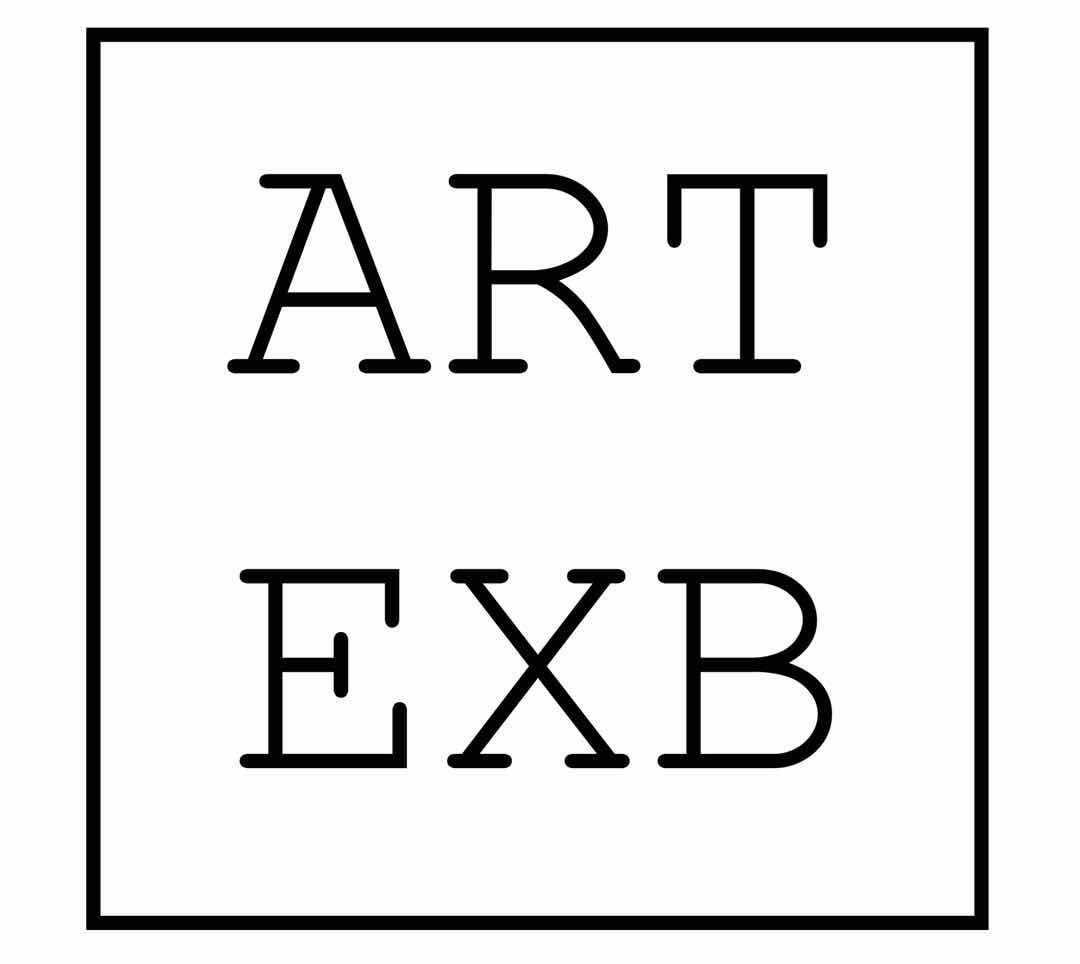This exhibition is consist of 202 art-pieces of various sizes from the work of “Grandma’s Room in Grandma’s House” created by the artist Dong Yuan in 2013-2014 and presented in the “Preserved Objecthood” section of the “Images Pool” group exhibition.
“Images Pool” is a large-scale collective exhibition held in Ginkgo Art Center in Beijing on 22 Oct 2016, altogether 26 artists exhibited more than 200 art-pieces. While incorporating his academic findings into his curatorial work, the curator of this exhibition Liu Libin have always considered images to be his entry-point into contemporary art. Regarding these art-pieces as case studies, Liu Libin had categorized 3 methods of processing images within the contemporary art context: Texture Mind, Preserved Objecthood, Opposite Shadow.
Since the invention of photography at the end of 19th century, “image” had become important reference, as well as subject matter for artistic processing by the artists, this trend had become increasingly apparent, and had influenced the ways in which audience view artwork.
“Images” include not only the images seen in the media, for example in magazine, newspaper, webpage, WeChat and other forms of media, under the current visualization era, classic artworks from both China and abroad have also become important sources of the “image”.
In Chinese contemporary art, image processing had always been in existence. Though varied in the quality of the artwork, the image-processing trend had become even more obvious over recent years.
The aim of this exhibition is to present the three methods of image processing by the artists, and a further discussion regarding these three methods. The three key-terms for this exhibition are:
Texture Mind: Artworks created based upon traditional substance, breaking through the limitations of the medium, lively in its temperament, while keeping a distance to the realist aspects of the painted image.
Preserved Objecthood: Artworks that have activated the “materialistic aspects” of the subject matter, tools and materials used through the long-term immersion in subject matter, tools and materials used.
Opposite Shadow: Artworks that have its own set of language by finding a new way of image processing, tearing open the cracks, activating the realist feel of the image, through a new method of image processing.
